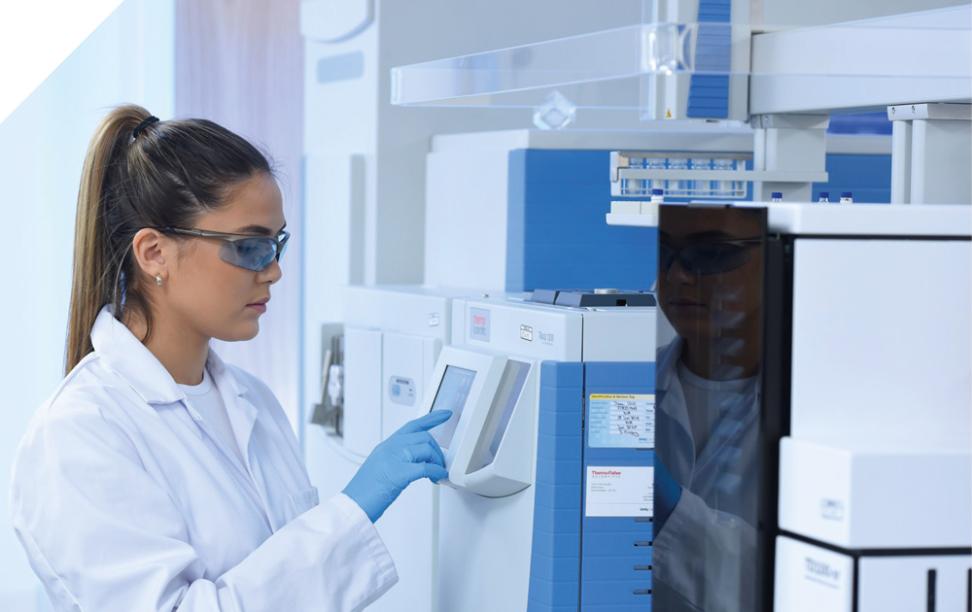What is the Command-Line Interface (CLI) and How Can I Use It?
In the realm of computing, the command-line interface (CLI) stands as a powerful tool that grants users direct access to the inner workings of their operating system and applications. Unlike graphical user interfaces (GUIs) with their intuitive icons and menus, the CLI operates through text-based commands, offering a level of control and flexibility that is often unmatched.

Understanding The Basics Of CLI
At its core, a CLI consists of three fundamental components: the prompt, commands, and arguments.
- Prompt: The prompt serves as the starting point for entering commands. It typically displays the current working directory and awaits user input.
- Commands: Commands are instructions that direct the operating system or application to perform specific tasks. These commands can range from simple file management operations to complex system administration tasks.
- Arguments: Arguments provide additional information to commands, specifying the target files, directories, or options to be acted upon.
Advantages And Disadvantages Of CLI
The CLI offers several advantages over GUIs, including:
- Efficiency and speed: Navigating through commands is often faster than using a mouse to click through menus and icons.
- Automation and scripting capabilities: CLIs allow users to create scripts, which are sets of commands that can be executed automatically, saving time and effort.
- Flexibility and customization: Users can tailor their CLI environment to their specific needs and preferences, creating a personalized and efficient workspace.
- Access to low-level system functions: The CLI provides direct access to the underlying system, enabling users to perform advanced tasks that may not be accessible through a GUI.
However, CLIs also have some disadvantages:
- Steep learning curve for beginners: Mastering the CLI requires time and practice, as users need to familiarize themselves with a wide range of commands and their syntax.
- Lack of user-friendly graphical elements: GUIs offer a more intuitive and visually appealing interface, making them easier to use for non-technical users.
- Potential for errors due to manual input: Typing commands manually can lead to errors, especially when dealing with complex or lengthy commands.
Essential CLI Commands

To get started with the CLI, it's helpful to know some essential commands. Here are a few common ones:
- File and directory management: ls (list files), cd (change directory), mkdir (create directory), rm (remove file), cp (copy file), mv (move file).
- Text manipulation: cat (display file contents), grep (search for a pattern in a file), sed (stream editor), awk (pattern-matching language).
- Process management: ps (list running processes), kill (terminate a process), top (display running processes and system resources).
- Network utilities: ping (test network connectivity), traceroute (trace the path of packets across a network), nslookup (query DNS records).
- System information: uname (display system information), hostname (display the hostname), free (display memory usage), df (display disk space usage).
Practical Applications Of CLI
The CLI finds practical applications in various scenarios:
- Automating tasks with scripts: Users can create scripts to automate repetitive tasks, such as backing up files or updating software.
- Troubleshooting and diagnosing system issues: The CLI provides access to diagnostic tools and system logs, helping users identify and resolve problems.
- Managing remote servers and devices: System administrators can use the CLI to manage remote servers and devices, perform maintenance tasks, and troubleshoot issues.
- Software development and programming: Developers use the CLI for tasks such as compiling code, running tests, and deploying applications.
- System administration and maintenance: System administrators rely on the CLI to perform system maintenance tasks, such as managing users, configuring networks, and installing software.
Getting Started With CLI
To get started with the CLI, you'll need to choose a CLI environment. Some popular options include:
- Windows Command Prompt: Windows users can access the CLI through the Command Prompt application.
- macOS Terminal: macOS users can use the Terminal application to access the CLI.
- Linux Terminal: Linux distributions typically come with a default terminal emulator, such as GNOME Terminal or Konsole.
Once you have chosen a CLI environment, you can start learning basic commands and experimenting with them. There are numerous resources and tutorials available online to help you get started.
The command-line interface (CLI) is a powerful tool that provides direct access to the underlying system and applications. While it may have a steeper learning curve compared to graphical user interfaces (GUIs), the CLI offers numerous advantages, including efficiency, automation capabilities, flexibility, and access to low-level system functions.
By mastering the CLI, users can unlock a world of possibilities, automating tasks, troubleshooting system issues, managing remote servers, developing software, and performing system administration tasks with greater efficiency and control.
For those interested in delving deeper into the world of CLI, there are numerous resources and communities available online to provide support and guidance. With dedication and practice, anyone can become proficient in using the CLI, unlocking its full potential for productivity and control.
YesNo

Leave a Reply